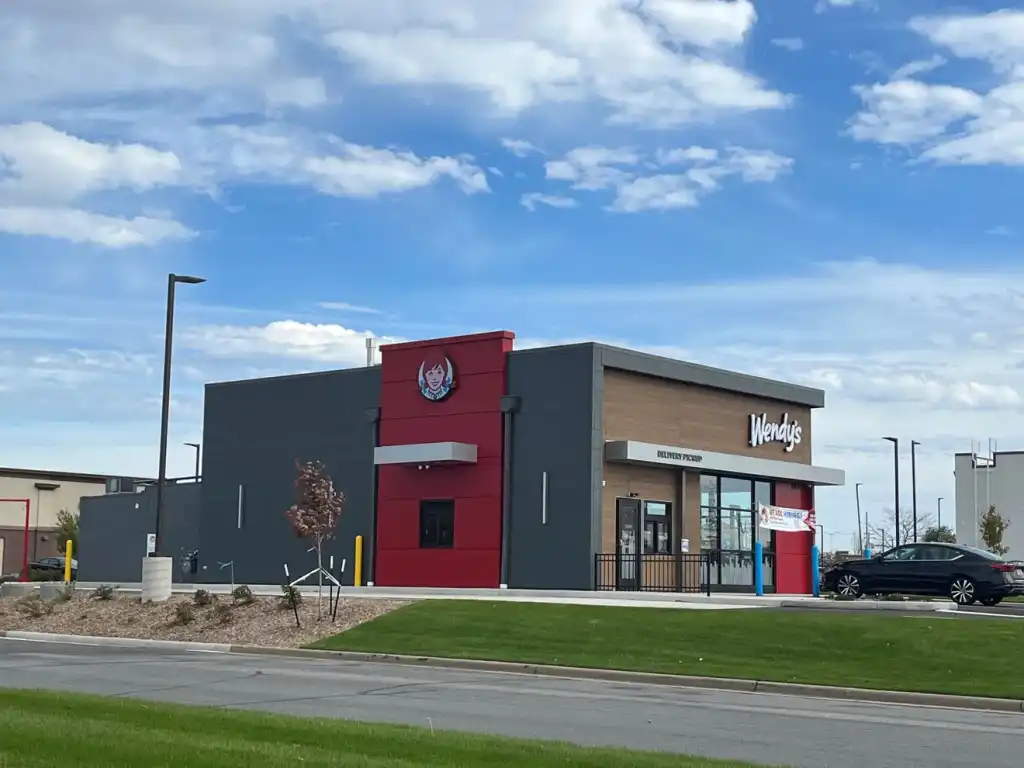Wendy’s Unveils Innovative Surge Pricing Model: A Game-Changer in the Fast-Food Industry
In a groundbreaking move that could reshape the landscape of fast-food pricing, Wendy’s, the renowned burger chain, has announced plans to introduce surge pricing, reminiscent of the model popularized by ride-sharing services like Uber. This dynamic pricing strategy, set to be tested as early as 2025, is part of Wendy’s broader initiative to revolutionize its customer experience through technological advancements.
Wendy’s CEO, Kirk Tanner, revealed the company’s ambitious plans during a recent earnings call, emphasizing a comprehensive strategy that includes dynamic pricing, daypart offerings, AI-enabled menu changes, and suggestive selling based on various factors, including weather conditions. The surge pricing model is expected to be rolled out alongside digital menu boards, reflecting real-time price adjustments and designed to enhance the flexibility of menu changes.

The surge pricing concept, commonly associated with the likes of Uber and Lyft, involves fluctuating prices based on demand, time of day, and other external factors. While this pricing strategy has been successful in various industries, Wendy’s is venturing into uncharted territory within the fast-food sector. The move aligns with the company’s $20 million investment to deploy digital menu boards across all U.S. company-operated restaurants by the end of 2025, aiming to improve order accuracy and drive sales through technological innovation.
Wendy’s surge pricing aims to provide the company with a competitive edge, allowing flexibility in pricing and motivating customers to visit during off-peak hours. The company believes that the surge pricing model can strike a balance between maximizing profits and offering value to customers, aligning with its longstanding commitment to providing high-quality food at reasonable prices.
The introduction of surge pricing in the fast-food industry is a significant departure from traditional fixed pricing models. While surge pricing has been implemented in other sectors, including the food and beverage industry, Wendy’s initiative could mark a turning point in how customers perceive and accept fluctuating prices in the quick-service restaurant space.
Experts and analysts express varying opinions on the potential success of Wendy’s surge pricing. Some anticipate challenges, citing consumer resistance and the risk of alienating customers who are accustomed to fixed pricing. Others view it as a strategic move that could lead to increased profitability and improved traffic management throughout the day.
Wendy’s surge pricing will be closely watched by industry observers, with implications for other major fast-food chains considering similar pricing models. The move reflects broader trends in the retail landscape, where dynamic pricing fueled by artificial intelligence and real-time data is becoming increasingly prevalent.
As Wendy’s prepares to embark on this innovative pricing experiment, questions linger about how customers will react to fluctuating prices for their favorite items. Whether surge pricing becomes a new industry standard or faces consumer backlash remains to be seen, but Wendy’s is undoubtedly charting a new course in the fast-food world with this bold move.

